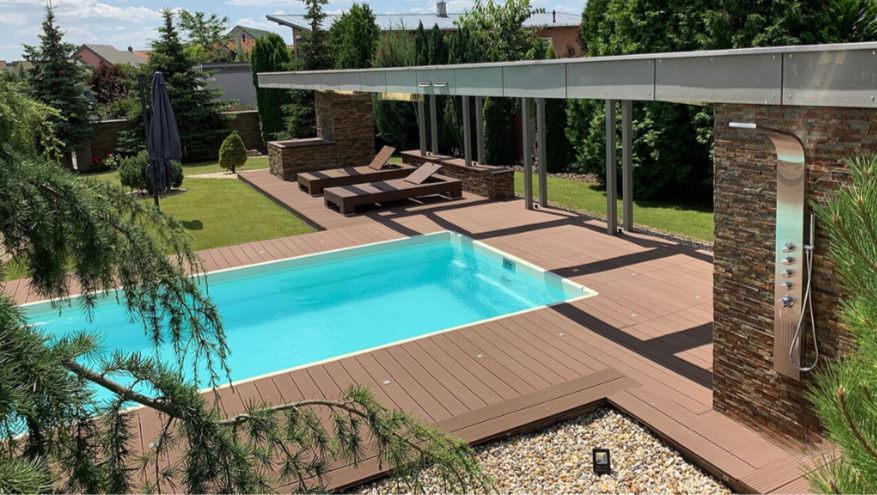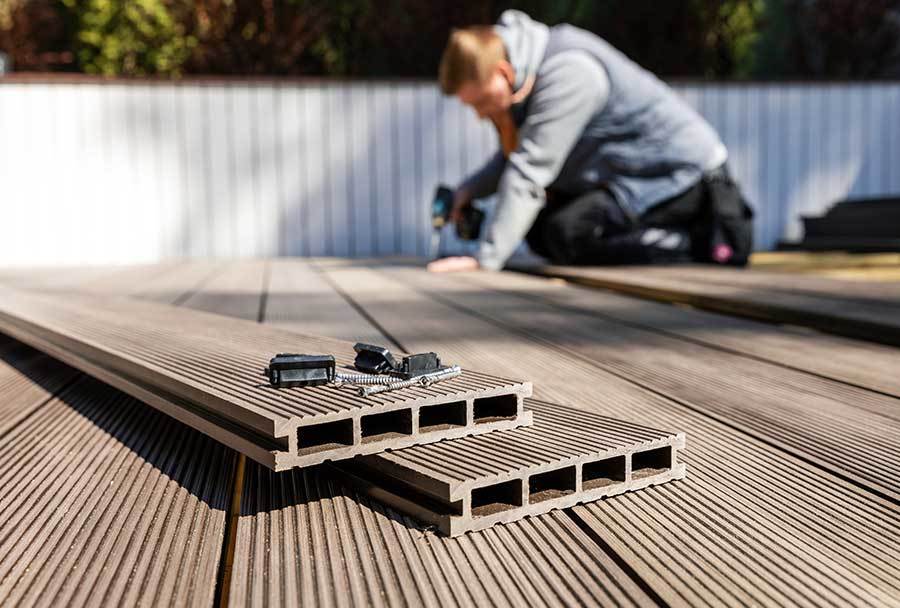WPC Flooring vs Traditional Decking: A Comprehensive Comparison
Feb 12,2025

Introduction to WPC and Traditional Decking
Understanding WPC Flooring
WPC flooring is a modern alternative to traditional decking. WPC stands for Wood Plastic Composite. It's made from a mix of wood fibers and recycled plastic. This blend creates a durable and low-maintenance material.

WPC decking is gaining popularity in China and worldwide. It offers the look of wood with added benefits. The material is resistant to rot, insects, and moisture. This makes it ideal for outdoor use.
WPC flooring comes in various styles and colors. It can mimic the appearance of natural wood or offer unique designs. The versatility of WPC makes it suitable for many outdoor spaces.
Benefits of Traditional Decking
Traditional decking, often made from wood, has its own advantages. It offers a classic, natural look that many homeowners prefer. Wood decks have a warm, inviting feel that's hard to replicate.
Natural wood is biodegradable and environmentally friendly. It can be sourced sustainably. Wood decks can last for decades with proper care. They can be sanded and refinished to restore their appearance.
Traditional decking is often less expensive upfront. It's familiar to contractors and easy to install. Wood decks can increase a home's value and appeal to potential buyers.
Key Features of WPC Flooring
Durability and Longevity
WPC decking is known for its exceptional durability. It resists fading, staining, and scratching better than wood. The material doesn't splinter or warp, making it safer for bare feet.

Outdoor WPC decking can withstand harsh weather conditions. It doesn't absorb water, preventing rot and mold growth. This makes it ideal for pool areas and rainy climates.
WPC deck flooring typically lasts 25-30 years with minimal maintenance. This long lifespan makes it a cost-effective choice in the long run. It retains its appearance and structural integrity for many years.
Maintenance and Upkeep
One of the biggest advantages of WPC flooring is its low maintenance needs. Unlike wood, it doesn't require annual staining or sealing. Regular cleaning with soap and water is usually sufficient.
WPC decking doesn't need to be painted or treated for pests. It resists mold and mildew growth. This saves time and money on ongoing maintenance costs.
The color of WPC flooring is consistent throughout the material. This means scratches and wear are less noticeable. Minor damage can often be repaired without replacing entire boards.
Design and Aesthetic Appeal
WPC decking offers a wide range of design options. It comes in various colors and textures. Some products closely mimic the look of exotic hardwoods.
The material can be molded into different shapes and patterns. This allows for creative and unique deck designs. WPC can also be used for railings and other outdoor structures.
Many WPC products have a non-slip surface. This makes them safer in wet conditions. The material stays cool underfoot, even in direct sunlight.
Comparing Costs and Applications
Cost-Benefit Analysis of WPC vs Traditional Decking
The initial cost of WPC decking is typically higher than wood. However, the long-term savings can be significant. WPC requires less maintenance and lasts longer.

Wood decks need regular treatments and may need replacing sooner. These ongoing costs can add up over time. WPC's durability often makes it more economical in the long run.
The WPC deck flooring price varies depending on quality and brand. Premium products may cost more but offer better performance. It's important to consider both upfront and long-term costs.
Where WPC Flooring is Most Suitable
WPC flooring is ideal for high-moisture areas. It's perfect for pool decks, docks, and beachfront properties. The material performs well in areas with extreme weather changes.
Commercial spaces often benefit from WPC decking. Its durability makes it suitable for high-traffic areas. Restaurants, hotels, and public parks are good examples.
Homeowners who want a low-maintenance option often choose WPC. It's great for those who don't have time for regular deck upkeep. WPC is also good for rental properties.
When Traditional Decking is the Better Choice
Traditional wood decking is often preferred for its natural beauty. It's a good choice for those who enjoy the look and feel of real wood. Some homeowners prefer wood for historical or traditional homes.
Wood decks can be more budget-friendly for smaller projects. They're easier to customize and modify. Wood is also easier to repair if damaged.
In areas with building codes that require natural materials, wood may be necessary. Some eco-conscious consumers prefer wood for its biodegradability. Wood decks can be a good choice in mild climates with less moisture.
Related Posts
Are you looking for a reliable environmentally friendly composite flooring manufacturer?
We can quickly provide customers with market analysis, technical support and customized services.






